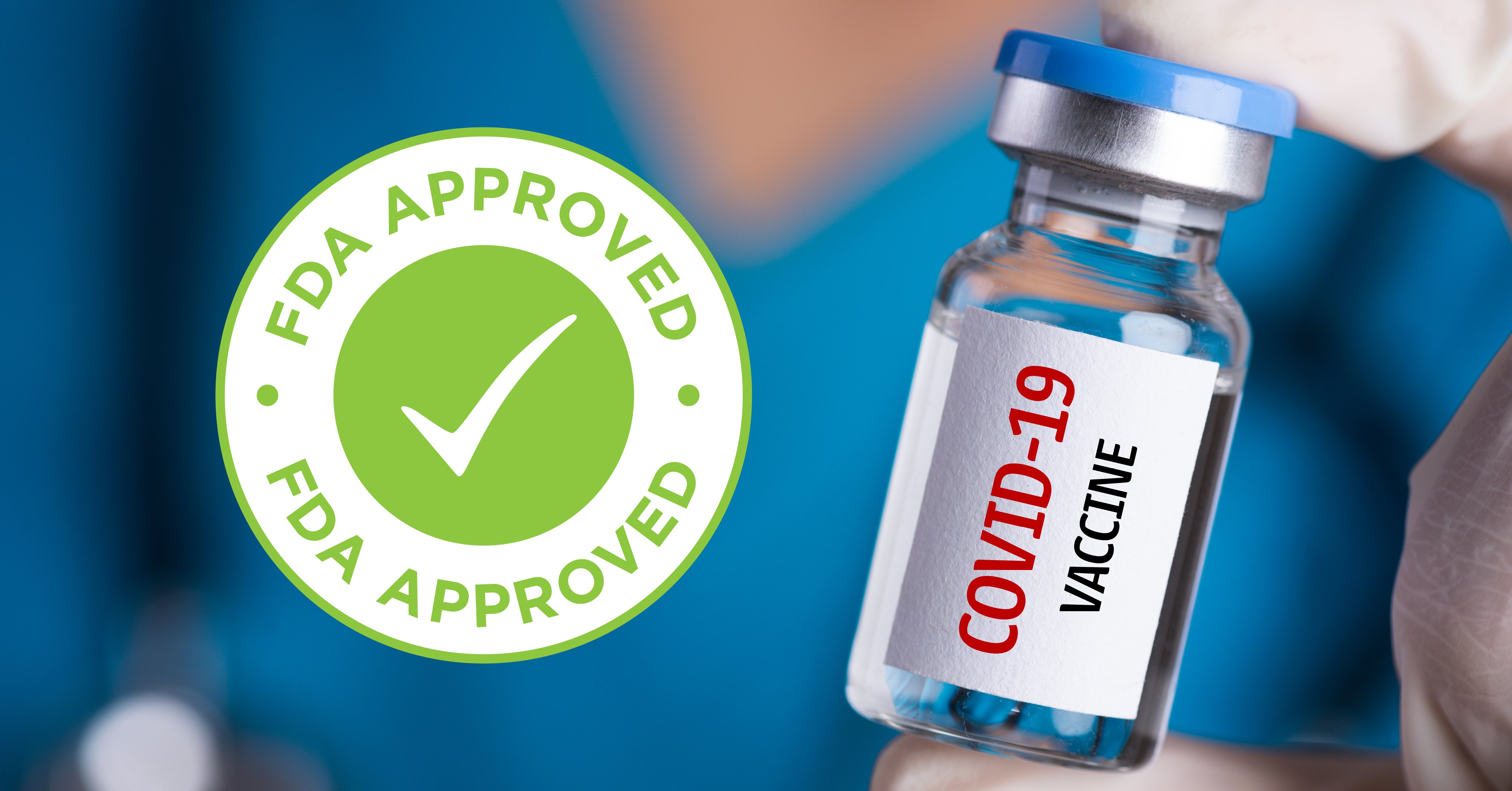In a move signaling a shift in national health policy, the FDA has approved updated COVID vaccines but with significant access limitations. On Wednesday, August 27, 2025, the U.S. Food and Drug Administration (FDA) authorized updated COVID-19 vaccines for the upcoming 2025-2026 respiratory virus season, but simultaneously placed new restrictions on who is eligible to receive them. This decision marks a notable departure from previous widespread recommendations for all age groups.

Updated COVID Vaccines: Approval and Restrictions
Key Players and Their Stance
Several key players are involved in this significant development. The FDA, under Commissioner Marty Makary, authorized the updated vaccines. Health and Human Services (HHS) Secretary Robert F. Kennedy Jr., described as a critic of wide-scale vaccinations, has also been instrumental in shaping this new approach. Vaccine manufacturers, including Pfizer, Moderna, and Novavax, are directly affected by the new guidelines. Medical organizations, such as the American Academy of Pediatrics (AAP), have voiced concerns regarding the restrictions.
The FDA’s Decision: A Detailed Breakdown
The FDA authorized updated COVID-19 vaccines from Pfizer-BioNTech (Comirnaty), Moderna (Spikevax and mNexspike), and Novavax (Nuvaxovid) to target the LP.8.1 sublineage of the JN.1 variant currently circulating. However, this approval came with critical limitations. The new shots are approved for all seniors aged 65 and older. For younger adults and children, eligibility is now restricted to those with at least one high-risk health condition, such as asthma or obesity.
Furthermore, the FDA rescinded the emergency use authorization (EUA) that previously made Pfizer’s vaccine available for healthy children under five years old. Moderna’s Spikevax vaccine remains approved for children as young as 6 months, but only for those with a serious health problem. Novavax’s shot is available for individuals 12 and older under the same risk-based restrictions.
Timeline and Availability
The FDA’s approval and the announcement of these new restrictions occurred on Wednesday, August 27, 2025. The updated vaccines are expected to begin shipping immediately, with availability in pharmacies, hospitals, and clinics in the coming days or weeks. These changes and their impacts are specific to the United States.
Rationale Behind the New Approach
The shift in vaccination strategy reflects growing skepticism regarding the ongoing risks of COVID-19 and the necessity for universal annual booster shots. HHS Secretary Robert F. Kennedy Jr. stated on social media that the new framework delivers “science, safety, and common sense” and fulfills his goals of ending COVID vaccine mandates and ensuring vaccines are available for those who want them, especially the vulnerable. The updated vaccines are also designed to better match the virus strains currently in circulation.
Impact and Concerns Regarding Access Limitations
The new restrictions create significant barriers to access for millions of healthy Americans, including adults and children, who may wish to get vaccinated but no longer automatically qualify. For those not considered high-risk, obtaining a vaccine might require proving their medical condition or seeking an “off-label” prescription from a doctor. This could also mean paying the full cost out-of-pocket, potentially around $150 to $200, as insurers typically cover only federally recommended vaccines.
Some medical groups, like the American Academy of Pediatrics, have expressed deep concern. The AAP stated that any barrier to COVID-19 vaccination creates a dangerous vulnerability for children, especially as respiratory virus season approaches. Experts worry that these new policies could lead to an increase in COVID-19 cases, particularly among vulnerable populations, and complicate vaccine uptake.
Expert Opinions and Data
The FDA’s decision is based, in part, on the evolving understanding of COVID-19 risks and the effectiveness of broad-based vaccination strategies. According to reports from CBS News, PBS, and AP News, the updated vaccines target the LP.8.1 sublineage of the JN.1 variant, which is currently circulating. However, the restrictions on who can receive the vaccine reflect a more targeted approach.
The concerns raised by the American Academy of Pediatrics, as reported by MedPage Today and The Guardian, highlight the potential risks to children. The AAP emphasizes that any barrier to vaccination can create vulnerabilities, especially as respiratory virus season approaches. The financial implications of the new policy, as noted by Verywell Health, could also disproportionately affect lower-income individuals who may struggle to afford the vaccine out-of-pocket.
The views of HHS Secretary Robert F. Kennedy Jr., as reported by The Times of India and New York Magazine, underscore the administration’s commitment to ending vaccine mandates and ensuring that vaccines are available for those who want them, particularly vulnerable populations.
Conclusion
The FDA’s approval of updated COVID-19 vaccines coupled with new access restrictions marks a significant policy shift. While the updated vaccines target currently circulating strains, the limitations on eligibility raise concerns about potential vulnerabilities, particularly among children and those without easy access to healthcare. The long-term impact of this new approach remains to be seen, but it underscores the ongoing debate surrounding COVID-19 vaccination strategies and the balance between individual choice and public health.


